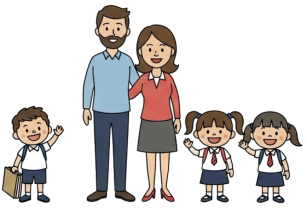
Question More, Action Knowledge.
Remember, at QMAK, we don’t just teach; we empower. We don’t just inform; we inspire. We don’t just question; we act. Become a Gold Member, and let’s unlock your child’s full potential, one question at a time.

Creating a rich learning environment at home helps children develop the knowledge, skills, and curiosity that form the foundation for meaningful societal contribution.
When parents actively engage in their child’s educational journey, they communicate the value of learning and help children connect knowledge to real-world impact.
These activities are designed to make learning engaging, relevant, and meaningful for children aged 7 and up.
Through these experiences, children develop not only academic skills but also an understanding of how knowledge can be applied to make positive contributions to the world around them.
Purpose: To develop literacy skills, critical thinking, and a deeper understanding of diverse perspectives and experiences.

Set the stage for meaningful reading experiences by establishing a dedicated space and routine:
Design reading experiences that promote active engagement:
Use thoughtful questions to deepen understanding and critical thinking:
Help your child understand how reading relates to social contribution:
Build on reading sessions with activities that enhance learning:
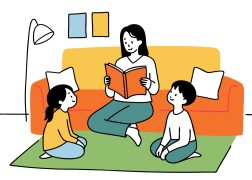
Purpose: To develop scientific thinking, curiosity, and an understanding of how knowledge can solve real-world problems.
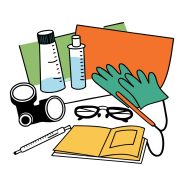
Create an environment that encourages safe exploration:
Select experiments that are both educational and exciting:
Guide your child through the process of scientific inquiry:
Help your child understand how scientific knowledge contributes to society:
Amplify the impact of experiments through documentation and sharing:
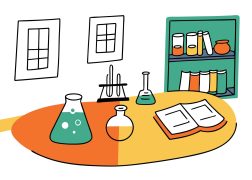
Purpose: To develop numerical fluency, logical thinking, and an understanding of how mathematical concepts apply to everyday life and problem-solving.
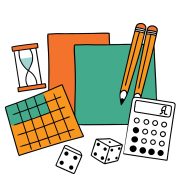
Set the stage for enjoyable mathematical exploration:
Use game-based learning to make math engaging:
Create exciting mathematical puzzles and challenges:
Help children see mathematics in everyday activities:
Develop the ability to explain mathematical thinking:
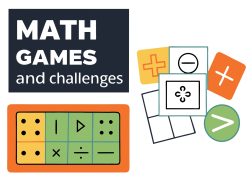
Purpose: To develop communication skills, empathy, and the ability to express ideas that can influence and inspire others.

Create a supportive environment for creative expression:
Help children develop their creative thinking:
Guide the writing process with supportive techniques:
Introduce a variety of writing types to expand skills:
Create meaningful audiences for your child’s writing:

Purpose: To connect learning to real-world contexts and inspire curiosity about different aspects of society.
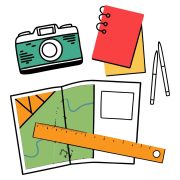
Choose destinations with educational value:
Involve your child in the planning process:
Guide the experience to enhance engagement:
Help your child engage deeply with the experience:
Help your child see how the field trip connects to broader concepts:
Reinforce and build on the experience:
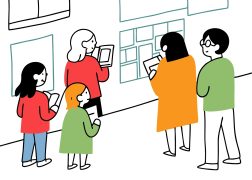
These home learning activities help children develop:

Remember that your involvement communicates the value of learning more powerfully than any words. By engaging enthusiastically in these activities, you help your child see education as a pathway to making a difference in the world.
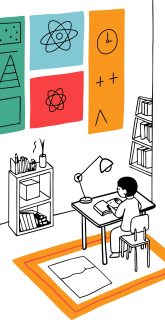
The goal is to help children develop not just academic skills, but an understanding that knowledge is a powerful tool for positive impact in the world.

Remember, at QMAK, we don’t just teach; we empower. We don’t just inform; we inspire. We don’t just question; we act. Become a Gold Member, and let’s unlock your child’s full potential, one question at a time.